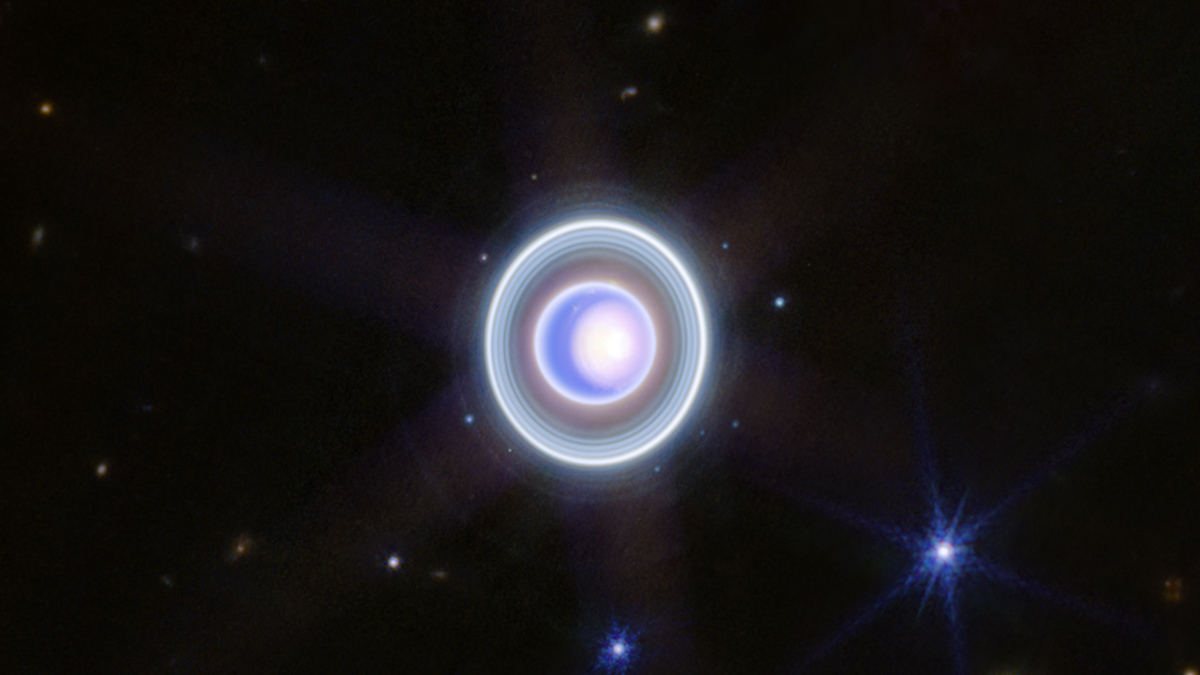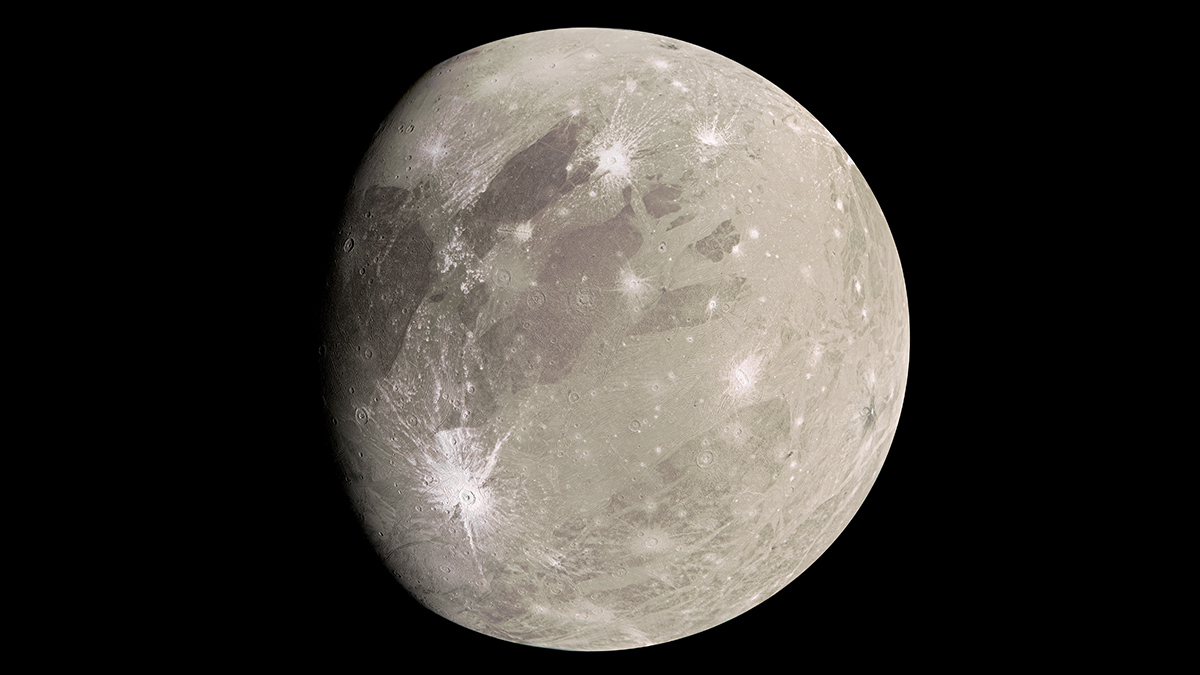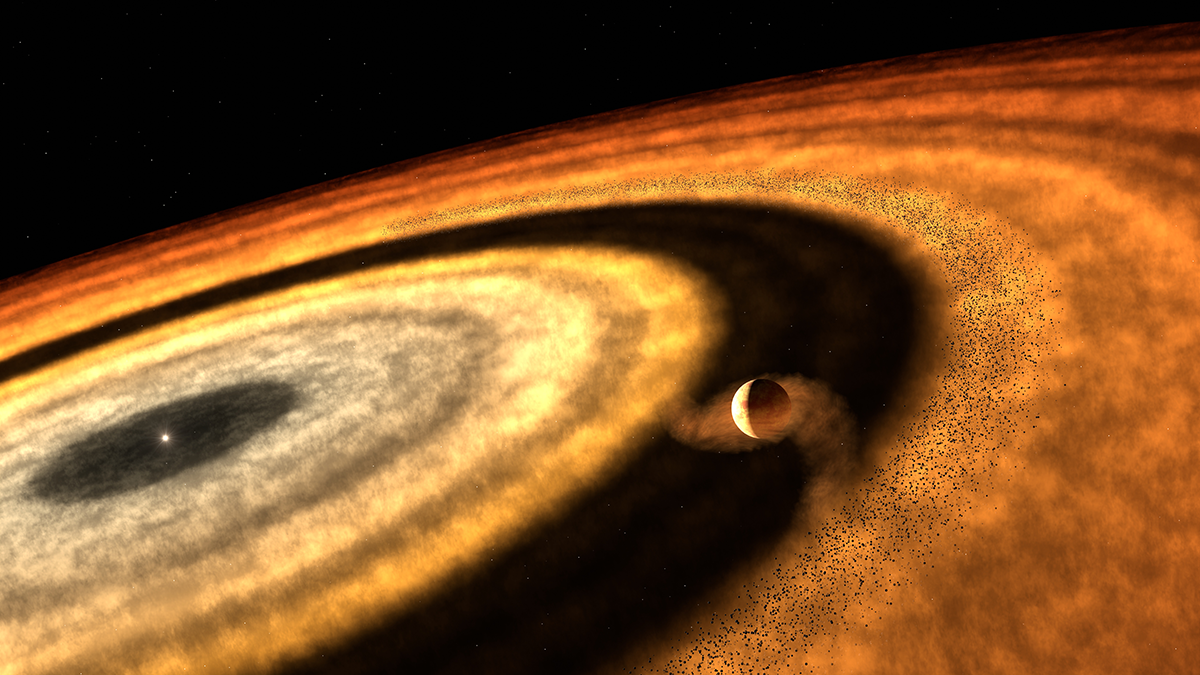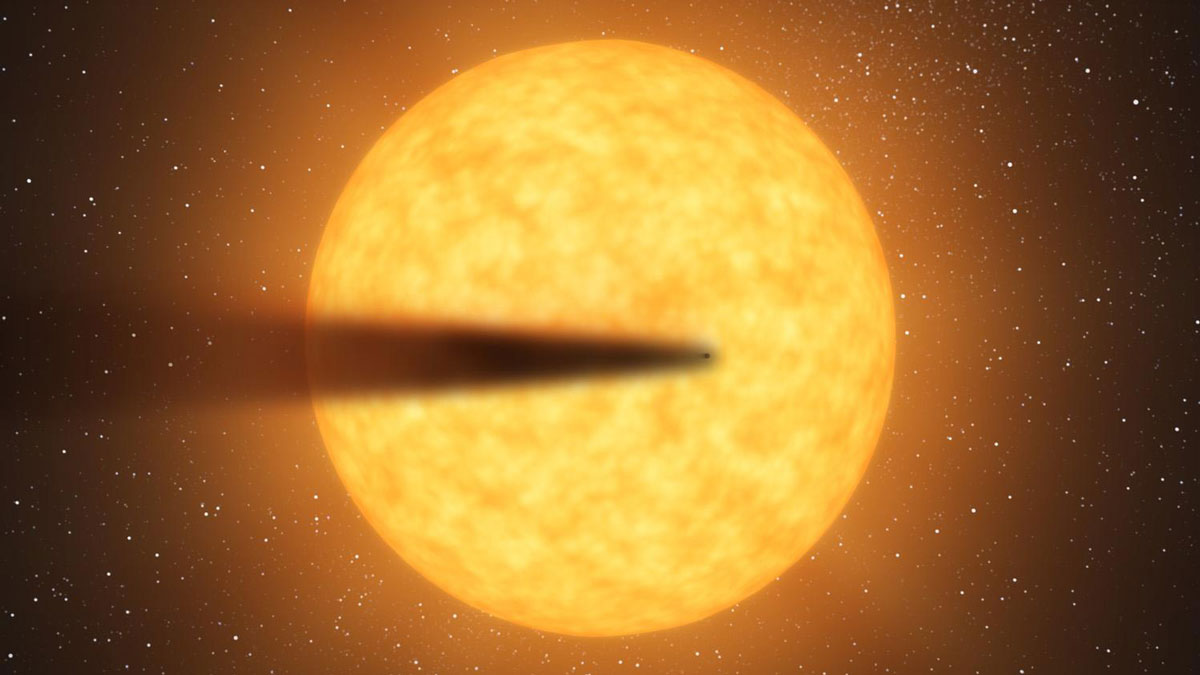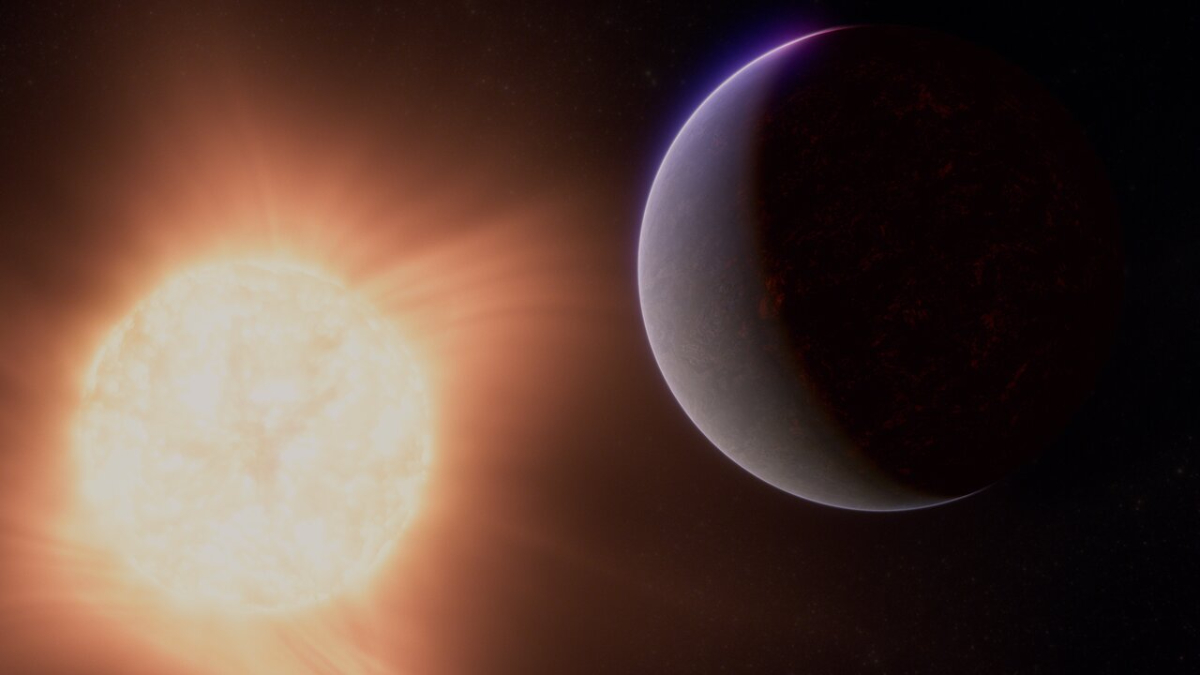…Except for Mab, which is even weirder than expected.
James Webb Space Telescope
Infrared Instruments Could Spot Exotic Ice on Other Worlds
Phases of ice that exist naturally only on frozen moons could be detected using infrared spectroscopy, according to new laboratory experiments.
This Exoplanet May Have Grown Stranger as It Journeyed Starward
WASP-121b, an already unusual planet, might have a remote origin that explains some of its peculiar properties—from iron rain to the unexpected presence of methane.
NASA Science Faces an “Extinction-Level Event” with Trump Draft Budget Proposal
The initial draft of President Donald Trump’s budget request proposes devastating cuts to NASA’s science research, future space missions, and field centers.
After 30-Year Search, Scientists Finally Find an Aurora on Neptune
The planet’s elusive aurorae are much colder than expected, which is how they evaded detection for so long.
Scientists Finally Get a Good Look at a Disintegrating Exoplanet
The James Webb Space Telescope offers astronomers a rare glimpse into the chemical composition of a rocky planet’s interior—and the results are “very surprising.”
Telescopes Catch the Aftermath of an Energetic Planetary Collision
A planetary collision 1,800 light-years away birthed a body that has cooled in unexpected ways.
Pluto’s Small Moons Are Unlike Any Other
The strange blend of surface chemistry on Nix and Hydra raises big question about the evolution of the Pluto system.
Smells Like an Exoplanet
Hydrogen sulfide, spotted in the atmosphere of the exoplanet HD 189733 b, helps constrain how the planet formed.
A Magma Ocean Fuels This Exoplanet’s Atmosphere
The finding is an atmospheric first for astronomers but not for the planet.

